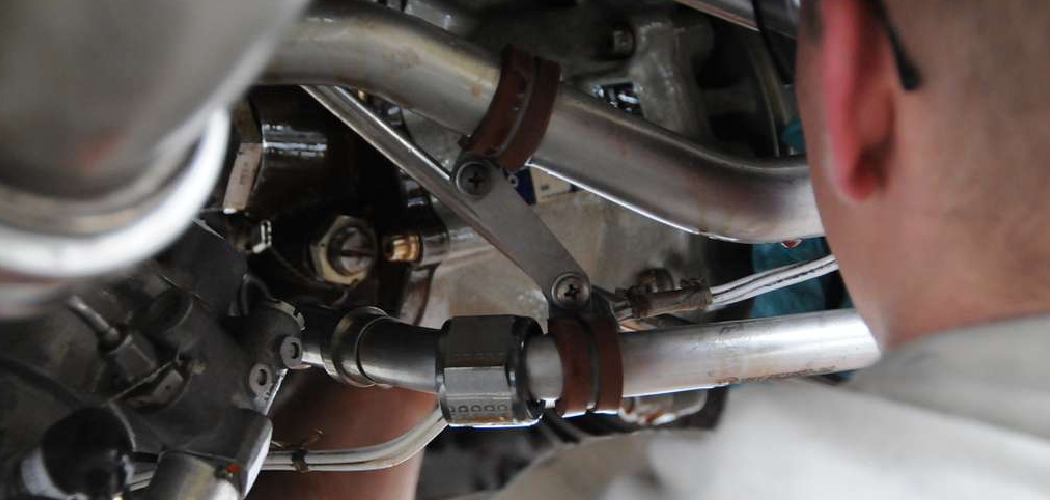The mighty Jeep Wrangler is one of the planet’s most capable and iconic off-road vehicles. While it is nearly unstoppable on the trail in its stock form, there are some simple upgrades you can do to make it even better in the dirt. One relatively inexpensive yet highly impactful modification is adding a rear stabilizer bar (a sway bar). A sway bar helps control the sideways movement of the Jeep’s body as it rolls from side to side over rough terrain.

This improves control and balance for a smoother, more enjoyable off-road experience. In this post, I’ll explain how to use sway bar on Jeep Wrangler and walk through the simple installation process so you can bolt one onto your Wrangler and unlock a new level of capability.
Necessary Items
Before we dive into the installation process, there are a few necessary items you’ll need to complete the job:
- Essential hand tools (wrenches, sockets, etc.)
- A sway bar kit designed for your specific Jeep Wrangler model
- Jack and jack stand or a lift
- Wheel chocks
10 Steps on How to Use Sway Bar on Jeep Wrangler
Step 1: Prepare Your Jeep
Before starting, ensure your Jeep is parked on a level surface and the engine is turned off. Apply the parking brake and place wheel chocks behind the rear tires for safety.
Step 2: Loosen Lug Nuts
Using a lug wrench, begin by loosening the lug nuts on your rear wheels. This will make it easier to remove the wheels later on in the installation process.
Step 3: Lift the Jeep
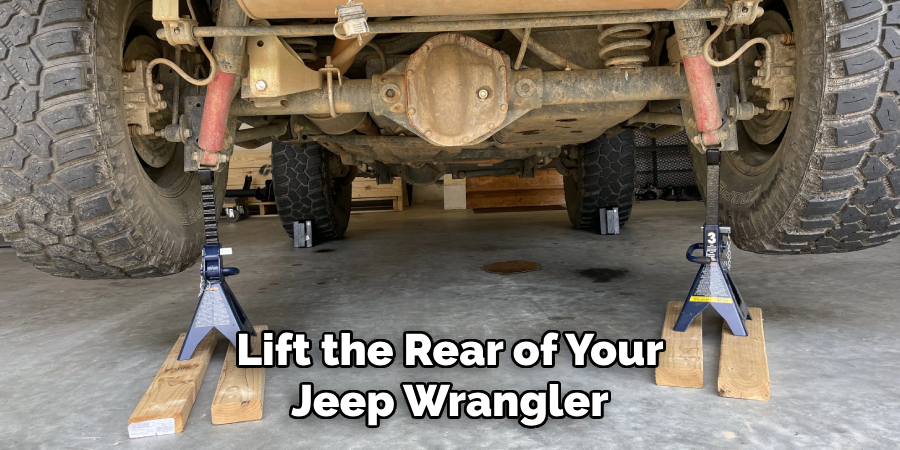
Using a jack, lift the rear of your Jeep Wrangler and place it securely on jack stands or a lift. Make sure to follow proper safety procedures when lifting a vehicle.
Step 4: Remove Rear Wheels
With your Jeep lifted, you can now remove the rear wheels by fully loosening and removing the lug nuts. Set the wheels aside in a safe place.
Step 5: Locate Sway Bar Components
The sway bar is typically located towards the rear of your vehicle, attached to the frame on both sides, and connected to the axle with end links. You should find brackets and bushings along with the sway bar itself.
Step 6: Remove the Old Sway Bar (if applicable)
If your Jeep already has a sway bar installed, you’ll need to remove it before moving on. This can be done by disconnecting the end links and unbolting the brackets.
Step 7: Install New Sway Bar
Follow the instructions provided with your sway bar kit to install the new sway bar onto your Jeep Wrangler properly. Attach the brackets securely to the frame and attach the end links to the axle.
Step 8: Tighten Bolts
Carefully tighten all bolts to the manufacturer’s recommended torque specifications using a torque wrench. This will ensure your sway bar is adequately secured and won’t come loose while off-roading.
Step 9: Reattach Rear Wheels
With the new sway bar installed and all bolts tightened it’s time to reattach the rear wheels. Carefully line up the lug nuts and tighten them with a lug wrench.
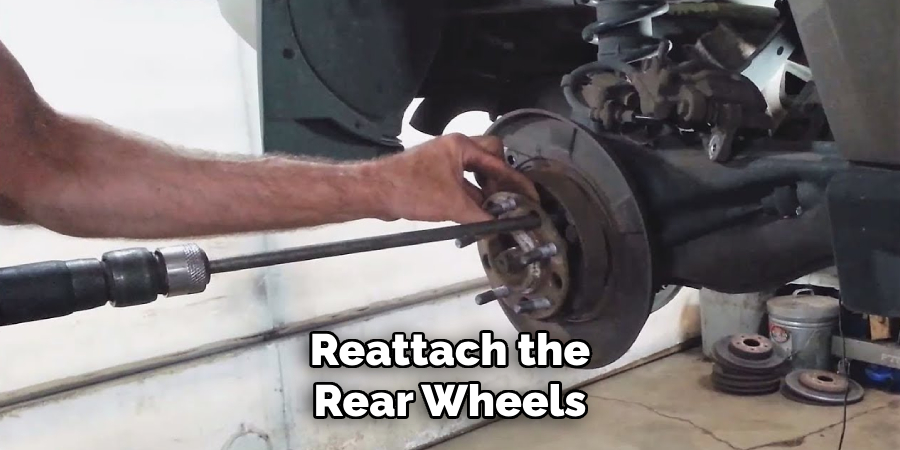
Step 10: Lower Jeep
Using the jack, carefully lower your Jeep back onto its wheels. Once on solid ground, remove the wheel chocks and test your new sway bar on an off-road adventure!
Adding a sway bar to your Jeep Wrangler is an easy and effective way to improve its performance off-road. Along with other modifications, such as lift kits, oversized tires, and lockers, the sway bar can provide better control and stability on rough terrain. With proper installation and use, your sway bar will help you easily conquer even the most challenging trails.
8 Things to Avoid When Using Sway Bar on Jeep Wrangler
While a sway bar can significantly enhance your off-road experience, there are a few things to keep in mind to ensure its proper use and longevity:
1. Do Not Drive With the Sway Bar Disconnected
Some off-roaders may disconnect their sway bar for increased articulation while on the trail. While this may benefit certain situations, it is essential to always reconnect the sway bar before driving on public roads. Driving without a sway bar can compromise your Jeep’s stability and make it more difficult to control.
2. Do Not Over-Tighten Bolts
When installing your sway bar, following the manufacturer’s torque specifications is essential. Over-tightening bolts can cause them to break or strip, leading to potential safety hazards and expensive repairs.
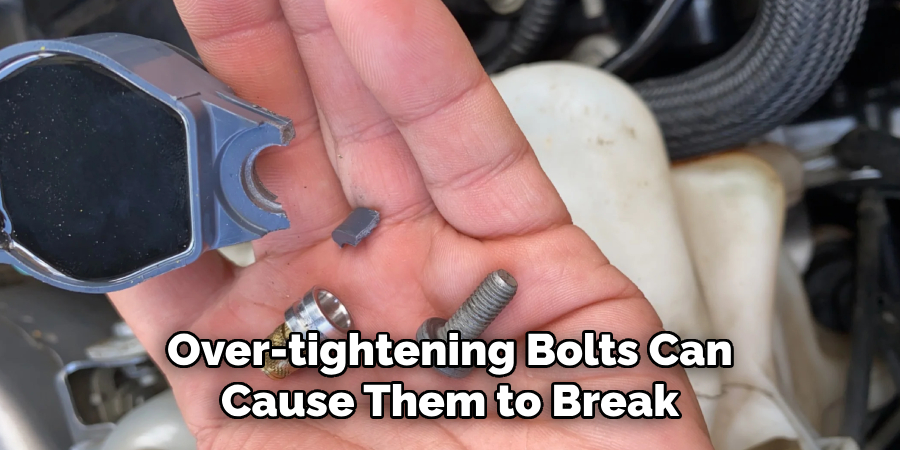
3. Do Not Ignore Unusual Noises
If you notice any unusual noises or vibrations while driving with your sway bar installed, it could be a sign of a loose or damaged component. It is essential to address these issues promptly to prevent further damage and maintain the effectiveness of your sway bar.
4. Do Not Neglect Regular Maintenance
Like any vehicle component, the sway bar requires regular maintenance to ensure it continues to function correctly. This includes checking for wear on bushings and end links and keeping all bolts and connections tight.
5. Do Not Install the Wrong Sway Bar
It is crucial to ensure you install a sway bar designed specifically for your Jeep Wrangler model. Using the wrong size or type could cause improper fitment and damage.
6. Do Not Attempt to Modify Your Sway Bar
While it may be tempting to try and modify your sway bar for increased performance, it is not recommended. The design or structure could compromise effectiveness and lead to potential safety hazards.
7. Do Not Use a Damaged Sway Bar
If you notice any damage or wear on your sway bar, it is essential to replace it immediately. Continuing to use a damaged sway bar can put you and your Jeep at risk.
8. Do Not Forget to Properly Store Your Sway Bar When Not in Use
If you remove your sway bar for any reason, store it properly in a clean, dry place. This will help prevent any damage and ensure its effectiveness when reinstalled. By following these tips and using your sway bar responsibly, you can enjoy a safer and more enjoyable off-roading experience with your Jeep Wrangler. Happy trails! So, follow these tips and use your sway bar responsibly for a safer and more enjoyable off-roading experience in your Jeep Wrangler!
Frequently Asked Questions
Will Adding a Sway Bar Affect My Jeep’s Ride Quality on the Road?
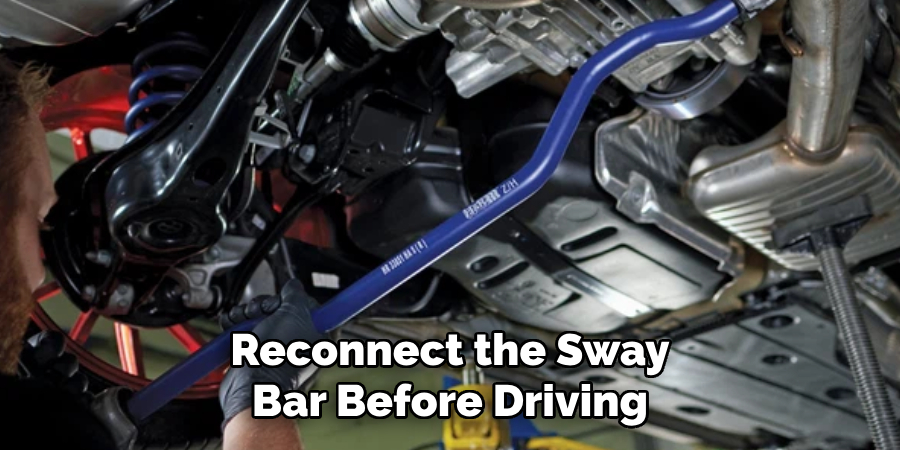
Adding a sway bar should not significantly affect your Jeep’s ride quality. However, some off-roaders may disconnect their sway bars for increased articulation while on the trail, resulting in a slightly rougher ride. For optimal stability and control, it is essential to always reconnect the sway bar before driving on public roads.
Is It Safe to Drive With a Disconnected Sway Bar?
No, it is not safe to drive with a disconnected sway bar. The sway bar helps keep your Jeep stable and in control while driving, especially on uneven terrain. Disconnecting the sway bar can compromise this stability and make it more difficult to control your vehicle.
Can I Install a Sway Bar Myself, or Do I Need Professional Help?
While it is possible to install a sway bar yourself, if you need more confidence in your mechanical abilities, it is always best to seek professional help. Improper installation could damage your Jeep or potential safety hazards while driving. Following the manufacturer’s instructions and torque specifications for proper installation is also essential. If you need more clarification or experience installing vehicle components, it is best to have a professional handle the structure of your sway bar.
How Often Should I Check My Sway Bar for Wear and Tear?
It is recommended to check your sway bar for wear and tear every 12,000-15,000 miles or at least once a year. However, if you frequently drive off-road or on rough terrain, you should check it more often for any signs of damage or wear. Regular maintenance and prompt replacement of worn components can ensure the effectiveness and longevity of your sway bar.
Can I Use a Sway Bar on Other Types of Vehicles?
While sway bars are commonly used on Jeep Wranglers, they can also be installed on other types of vehicles. However, it is essential to ensure you are purchasing a sway bar compatible with your specific vehicle model and size. Consult the manufacturer or a professional for guidance in selecting the proper sway bar for your vehicle.
Conclusion
So, there you have it! You now have all the necessary information on how to use sway bar on Jeep Wrangler to confidently and effectively use your sway bar on your Jeep Wrangler. Whether you are a seasoned off-roader or just starting, understanding how to utilize this vital tool properly will significantly enhance your driving experience. Remember always to prioritize safety and consider the terrain before making adjustments.
With practice, using the sway bar will become second nature, and you’ll easily tackle those tricky trails. Let’s help each other navigate the unknown paths and share our love for adventure and exploration. Now get out there, hit the dirt roads, and let your Jeep sway gracefully into the vastness of nature! Keep exploring, learning, and growing on and off the road. Happy off-roading, everyone!

